 W
WActing pilot officer is the lowest commissioned grade in the Royal Air Force, being immediately junior to pilot officer. Unlike other RAF ranks which officers may hold in an acting capacity, acting pilot officer is maintained as a separate grade. It normally denotes an officer who has recently been commissioned and joined as a non-graduate direct entrant. Acting pilot officer is not an actual rank, and A/Plt Off's are later regraded to pilot officer, not promoted.
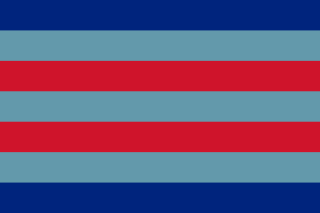 W
WAir chief marshal is a four-star air officer rank which originated and it is used by the Royal Air Force, where it is the most senior peacetime air force rank. The rank is also used by the air forces of many countries that have historical British influence and it is sometimes used as the English translation of an equivalent rank in countries which have a non-British air force-specific rank structure.
 W
WAir chief marshal is a four-star commissioned air officer rank and title officially used to denote supreme commander in the Pakistan Air Force for command and control. It is bestowed and commissioned by the Islamic Republic of Pakistan to a three-star air marshal officer, and while it is officially described as the highest rank in uniformed services of Pakistan, it is equivalent to the rank of admiral of navy and general of army. Since it is purposely designed to make a position advancement from three-star to a four-star rank with NATO's equivalent-rank code of OF-9, it ranks above the Air marshal and below Marshal of the air force, although "marshal of the air force" rank is currently not held by any military leader in Pakistan. However, a four-star air chief marshal falls under the Field marshal rank of army which is a distinct one from the air force's ranking system. The four-star air chief marshal helds the chief of air staff in the country once it is decorated with a five-star insignia.
 W
WAir commodore is a one-star rank and the most junior of the air officer ranks which originated in and continues to be used by the Royal Air Force. The rank is also used by the air forces of many countries which have historical British influence such as Zimbabwe, and it is sometimes used as the English translation of an equivalent rank in countries which have a non-English air force-specific rank structure. The name of the rank is always the full phrase and is never shortened to commodore, which is a rank in various naval forces.
 W
WAir marshal is a three-star air-officer rank which originated and it is used by the Royal Air Force. The rank is also used by the air forces of many countries which have historical British influence, including the Commonwealth, and it is sometimes used as the English translation of an equivalent rank in countries which have a non-English air force-specific rank structure.
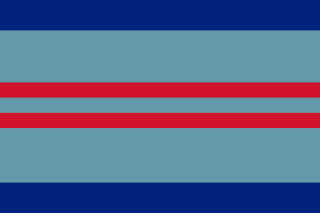 W
WAir vice-marshal (AVM) is a two-star air officer rank which originated in and continues to be used by the Royal Air Force. The rank is also used by the air forces of many countries which have historical British influence and it is sometimes used as the English translation of an equivalent rank in countries which have a non-English air force-specific rank structure. Air vice-marshals may be addressed generically as "air marshal".
 W
WAirman first class (A1C) is the third enlisted rank in the United States Air Force and United States Space Force, just above airman and below senior airman. The rank of Airman First Class is considered a junior enlisted rank, with the non-commissioned officers and senior non-commissioned officers above it.
 W
WAir chief marshal is the highest active rank of the Royal Australian Air Force and was created as a direct equivalent of the British Royal Air Force rank of air chief marshal. It is also considered a four-star rank. The only time the rank is held is when the Chief of the Defence Force is an Air Force officer.
 W
WFlight sergeant is a senior non-commissioned rank in the Royal Air Force and several other air forces which have adopted all or part of the RAF rank structure. It is equivalent to a staff sergeant or colour sergeant in the British Army, a colour sergeant in the Royal Marines, and a chief petty officer in the Royal Navy, and has a NATO rank code of OR-7. In the RAF, flight sergeant ranks above chief technician and below warrant officer.
 W
WGroup captain is a senior commissioned rank in many air forces. Group captain has a NATO rank code of OF-5, meaning that it ranks above wing commander, immediately below air commodore and is the equivalent of the naval rank of captain and the rank of colonel in other services.
 W
WThe rank insignia for the Iranian Air Force are similar in appearance to the rank insignia for other military force around the world, with bars and chevrons indicating enlisted ranks, and stars and national symbols for officer ranks. The current commander of the Iranian Air Force is Sartip Hassan Shah-Safi.
 W
WLeading aircraftman (LAC) or leading aircraftwoman (LACW) is a junior rank in some air forces. It sits between aircraftman and senior aircraftman, and has a NATO rank code of OR-2. The rank badge is a horizontal two-bladed propeller.
 W
WMarshal of the air force, marshal of the air, or a similar name is a five-star rank and an English-language term for the most senior rank in some air forces. It is usually the direct equivalent of a general of the air force in other air forces, a field marshal or general of the army in many armies, or a naval admiral of the fleet.
 W
WMarshal of the Royal Air Force (MRAF) is the highest rank in the British Royal Air Force (RAF). In peacetime it was granted to RAF officers in the appointment of Chief of the Defence Staff (CDS), and to retired Chiefs of the Air Staff (CAS), who were promoted to it on their last day of service. While surviving marshals of the RAF retain the rank for life, the highest rank to which officers on active service are promoted is now air chief marshal. Although general promotions to Marshal of the Royal Air Force have been discontinued since the British defence cuts of the 1990s, further promotions to the rank may still be made in wartime, for members of the Royal Family and certain very senior RAF air officers in peacetime at the discretion of the monarch; all such promotions in peacetime are only honorary, however. In 2012, Charles, Prince of Wales was promoted to the rank while in 2014 Lord Stirrup, who had served as Chief of the Air Staff and Chief of the Defence Staff for over seven years, was also promoted.
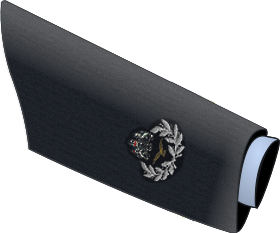 W
WMaster aircrew (MAcr) is the warrant-officer rank held by aircrew in the Royal Air Force. It is equivalent to warrant officer in other trades, and is effectively the highest non-commissioned aircrew rank. It has a NATO rank code of OR-9.
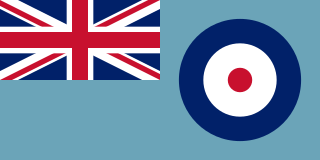 W
WThe officer ranks of the Royal Air Force, as they are today, were introduced in 1919. Prior to that Army ranks were used.
 W
WThe term used in the Royal Air Force (RAF) to refer to all ranks below commissioned officer level is other ranks (ORs). It includes warrant officers (WOs), non-commissioned officers (NCOs) and airmen.
 W
WThe following table presents images of the rank insignia used by the Russian Federation Air Force (VVS). The Russia inherited the ranks of the Soviet Union, although the insignia and uniform was altered a little, especially the re-introduction of the old Tsarist crown and double eagle. The Russian Air Force is an independent organization. The Russian Air Force follows the same rank structure as the Russian Ground Forces, with the addition of the title "of aviation" to each officer's rank, now abandoned.
 W
WSenior aircraftman (SAC) or senior aircraftwoman (SACW) is a rank in the Royal Air Force, ranking between leading aircraftman and senior aircraftman technician and having a NATO rank code of OR-2. The rank, which is non-supervisory, was introduced on 1 January 1951. The rank badge is a three-bladed propeller.
 W
WSenior Aircraftman Technician is a rank in the Royal Air Force, ranking between Senior Aircraftman and Corporal and having a NATO rank code of OR-2. SAC Technicians are not NCOs and cannot administratively discipline other personnel.
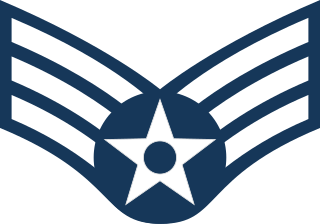 W
WSenior Airman (SrA) is the fourth enlisted rank in the United States Air Force and United States Space Force, just above Airman First Class and below Staff Sergeant. It has a pay grade of E-4. Between its approval on 30 December 1975 and 19 March 1991, Senior Airmen wore sleeve chevrons with blue center stars instead of silver to distinguish them from the non-commissioned officer rank of "Sergeant", also a pay grade of E-4. The latter was abolished in 1991 and the blue center star was changed to white to conform to all enlisted rank chevrons.
 W
WSquadron leader is a commissioned rank in the Royal Air Force and the air forces of many countries which have historical British influence. It is also sometimes used as the English translation of an equivalent rank in countries which have a non-English air force-specific rank structure.
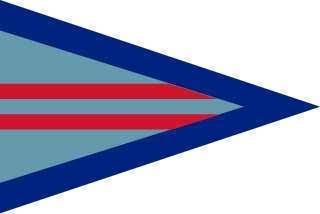 W
WWing commander is a senior commissioned rank in the British Royal Air Force and air forces of many countries which have historical British influence, including many Commonwealth countries but not including Canada and South Africa. It is sometimes used as the English translation of an equivalent rank in countries which have a non-English air force-specific rank structure. It ranks immediately above squadron leader and immediately below group captain.